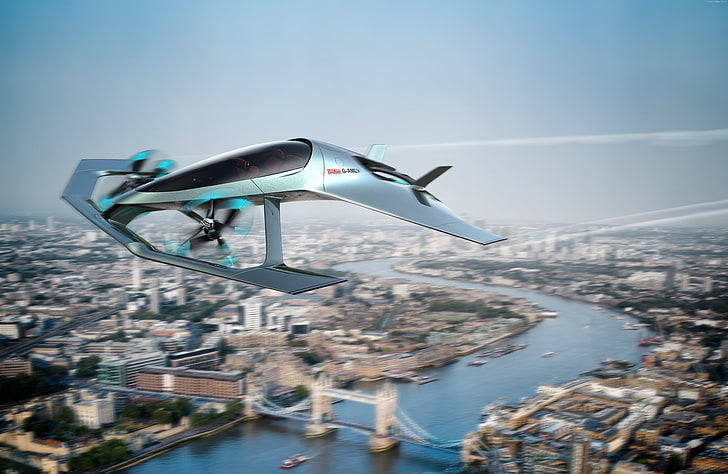Advanced Air Mobility – the 3 big people challenges
Advanced Air Mobility – the 3 big people challenges When it comes to #advancedairmobility, the challenges are not the technology or even the regulators, who get blamed for everything by some over enthusiastic start-ups.
Autonomous flight has been proven on even the Airbus A350 jetliner. with Autonomous Taxi, Take-off, and Landing (ATTOL), and on helicopters (Skyryse and Near Earth Autonomy), while Unmanned Aircraft System Traffic Management (UTM/U-Space) and digital air traffic control / management systems are being tested and implemented.
While many papers and articles highlight a lack of infrastructure, one must note that most urban areas have operating heliports, airfields, and airports, some of which may need to connected public transport networks and will of course need electric chargers and specialized firefighting equipment to deal with potential lithium fires.
The real challenges are threefold namely:
- How to integrate air/flying taxis, other aircraft, and UAVs into the urban mobility ecosystem in a way that also considers people’s privacy and personal wellbeing (not just the faster connections),
- The fear of flying and some of the publics reluctance to fly in small aircraft, both fixed wing and vertical take-off and landing (VTOL), as well as,
- The increasing incidents of unruly passengers meddling with the safe operation of aircraft and attacks on cabin crew and even other passengers.
The first challenge is where do drones/UAVS and larger manned, or unmanned, cargo and passenger aircraft fly. Historically low-level urban air traffic follows flight corridors / lanes along waterways and right of ways, like major roads, highways, and railway lines for both safety reasons and to limit the impact on residential areas.
The Public
Public acceptance of the visual and noise (low decibel electric motor and rotor noise can be disturbing too for many people too) pollution, especially when there are hundreds, or even thousands of low flying aircraft of all sizes in city skies during peak hours, so the obvious solution would be to stick to current flight corridors / lanes, which avoid flying over private property and public recreational areas and public buildings, where the noise of rotors/propellers and motors is likely to be masked by surface traffic.
The second challenge is the very real fear of flying and even just some of the public reluctance to fly in small fixed wing and VTOL aircraft. Considering that neither the Ehang 216 or Wisk Core are not bigger than a Nissan Leaf or Micra, not mention only being able to carry two passengers, this Is a real concern. 4- and 5-seater eVTOL aircraft like the Joby S4 and even the proposed 7-seater Lilium will still be similar in size to a Cessna 182.
Picture: National Aeronautics and Space Administration, June 2020
The third and probably the most important challenge is public behavior, which despite the Federal Aviation Administration’s tough policy, is getting worse with recent incidents including a passenger trying to break into the cockpit of a taxiing aircraft and then opening a door and running away across the tarmac, a passenger urinating on a seat in protest to a cabin crew member requesting him to put on his mask and numerous incidents of passengers assaulting cabin crew members and even fellow passengers.
Air rage is a major challenge for aircraft with a pilot or cabin crew member to protect the aircraft and passengers, so it will be even more for autonomous and remote piloted passenger aircraft when they enter commercial service. While it would be possible to secure passengers in their seats, this could result in the death of injury of passengers in the event of a crash landing or onboard fire, if they are unavailable to get themselves free.
The challenge now for operators will be how to get Joe and Jane Public into air taxis over our cities and regionally between cities.
Written by Gary Vermaak
Advanced Air Mobility – the 3 big people challenge
s


